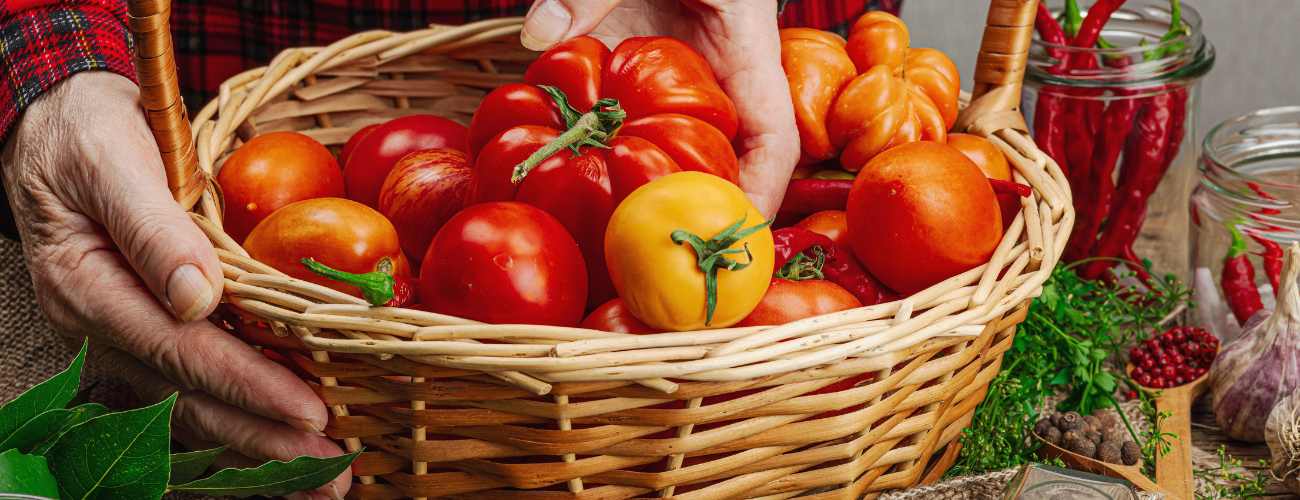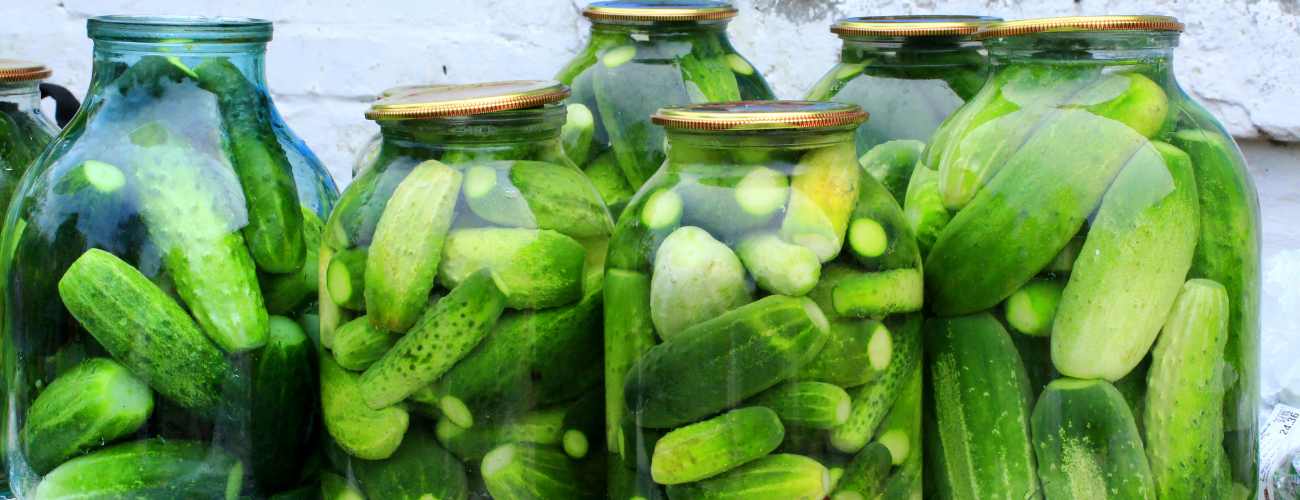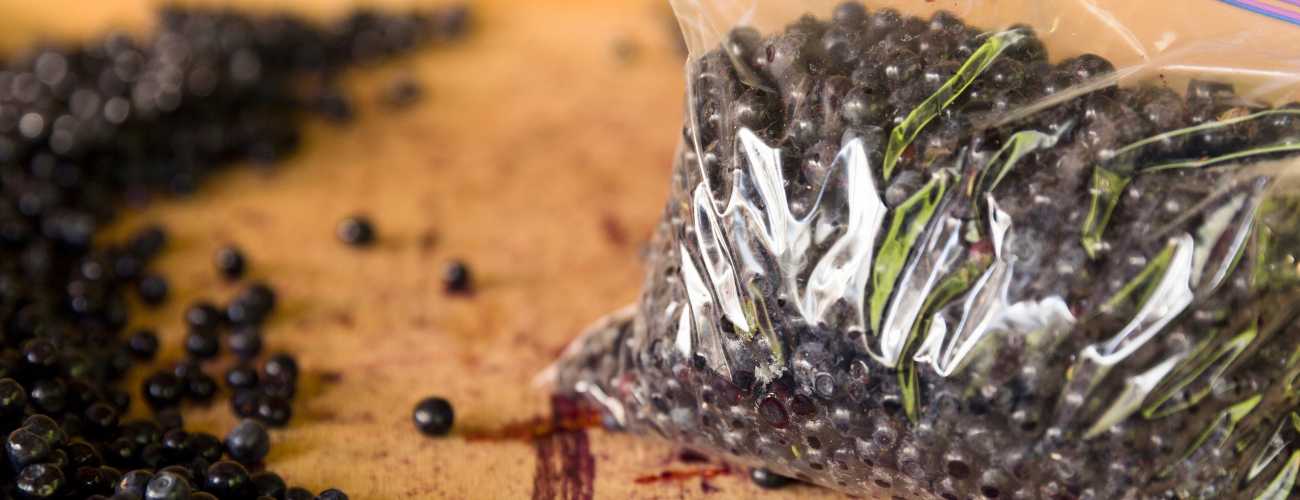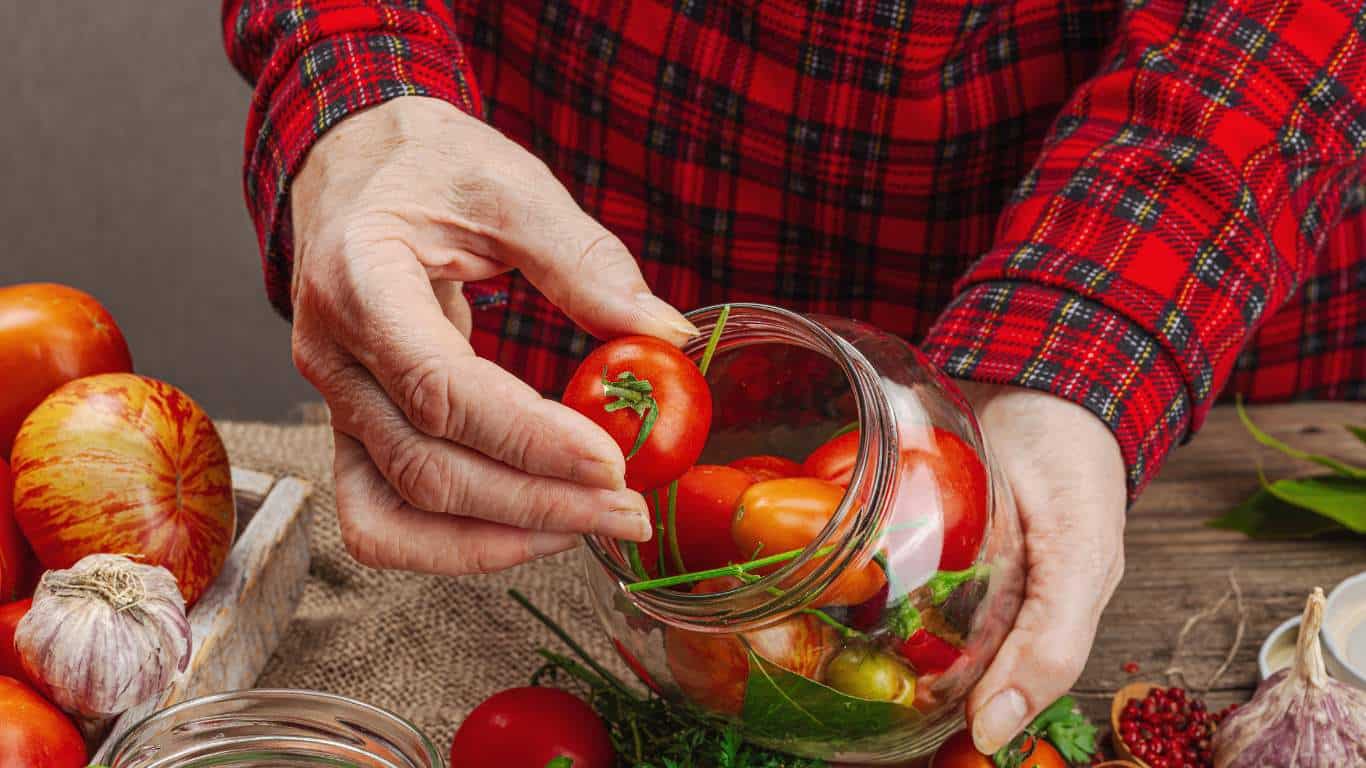If you are someone who cares about the quality of the food your loved ones consume, you’re in the right place.
Picture this: it’s the heart of winter and a gust of chilly wind whistles through the window. But what’s on your dinner plate? Thanks to your preserved garden bounty, a taste of summer, a bite of sunshine.
In this blog post, we’ll explore the art of locking in nature’s goodness, ensuring your family enjoys the vibrant flavours and nutrients of your homegrown produce throughout the year. Let’s get started!

Why Preserve Your Garden Harvest?
Before we dive into the nitty-gritty of canning and freezing, let’s take a moment to understand why preserving your garden harvest is so important.
Nutrition at Its Peak: When you pick produce from your garden, it’s at its nutritional peak. Preserving it right away locks in those vital vitamins and minerals.
Control Over Ingredients: Store-bought canned and frozen goods often contain additives and preservatives. By doing it yourself, you control what goes into your food.
Sustainability: Preserving your harvest reduces food waste and minimizes your carbon footprint. It’s a small step towards a more sustainable lifestyle.
Cost-Effective: Preserving your garden’s bounty is often more cost-effective than buying organic produce year-round.
Now that we’ve established why preserving your garden harvest is a fantastic idea, let’s jump into the two primary methods: canning and freezing.
Canning: Capturing Summer in a Jar
Canning is like having a slice of summer, no matter the season. It’s a wonderful way to preserve the flavours of your garden’s bounty. Here’s how to get started:Gather Your Supplies: You’ll need a few basic items: canning jars, lids, and bands. Also, have a large pot for boiling, a canning rack, a canning funnel, and a jar lifter on hand.
Prep Your Produce: Start by washing and preparing your fruits or vegetables as needed. For most produce, a quick blanch in boiling water, followed by an ice bath, does the trick to lock in their freshness.
Choose Your Method: There are two main canning methods to consider. Water bath canning works well for high-acid foods like fruits and tomatoes. In contrast, pressure canning is ideal for low-acid foods like vegetables and meats.
Pack and Process: Pack your prepared produce into sterilized jars, leaving the right space at the top. Seal the jars with lids and bands, then follow your chosen method’s recommended processing times and pressures.
Cool and Store: After processing, let the jars cool on a clean towel or cooling rack. Ensure the lids are sealed properly; you’ll hear a satisfying “pop.” Store your canned goods in a cool, dark place, and label them with the date.
Canning does take some time and effort, but the satisfaction of opening a jar of your homemade salsa or strawberry jam in the middle of winter and enjoying the taste of summer makes it all worthwhile.

Freezing: Locking in Freshness
Freezing is another excellent way to preserve your garden harvest. It’s quick, convenient, and maintains the freshness of your produce remarkably well. Here’s how to get started:
Prep Your Produce: As with canning, washing and preparing your fruits and vegetables before freezing is crucial. Some may need to be blanched, while others can be frozen.
Choose Suitable Containers: Invest in high-quality freezer bags or a vacuum sealer to keep your produce airtight and protected from freezer burn. Don’t forget to label and date everything.
Portion Control: Consider portioning your produce before freezing to make it easier to grab what you need without thawing more than necessary.
Flash Freezing: To maintain the individual integrity of items like berries or chopped vegetables, arrange them in a solitary layer on a baking sheet and freeze until they solidify. This method ensures they won’t stick together when stored in bags.
Pack and Seal: Place your prepared produce into freezer bags or vacuum-sealed bags. Squeeze out as much air as possible, seal them tight, and make sure they are well-labelled.
Store Wisely: Store your frozen goodies in a dedicated freezer with a temperature of 0°F (-18°C) or lower for optimal preservation.
Freezing is a fantastic method for preserving your garden’s bounty when you’re short on time. It’s perfect for those busy days when you need a quick solution for dinner or a smoothie and want to maintain that fresh-picked taste.

Tips for Success
Whether you choose canning or freezing (or both!), here are some tips to ensure your preservation endeavours are a resounding success:
Quality Matters: Start with the freshest, ripest produce for the best results.
Follow Tested Recipes: Always use tested and trusted recipes to ensure safety when canning.
Stay Organized: Label your jars or bags with the contents and date. You’ll thank yourself later when you’re not playing the guessing game.
Storage Conditions: Maintain the recommended storage conditions (cool and dark for canning, 0°F or lower for freezing).
Practice Patience: Both canning and freezing require patience, but the rewards are well worth it.
By preserving your garden harvest, you’re ensuring a steady supply of organic goodness for your family and taking a meaningful step toward a more self-sufficient and sustainable lifestyle. Your efforts today will contribute to a healthier future for your loved ones and future generations.
If you would like to learn on how to preserve your harvest, I encourage you to read my following blogs: Top 5 Natural Vegetable Preservation Methods to Learn about and 3 Best Techniques for Preserving your Fruit Naturally.
The Joy of Sharing
I still vividly remember the first time I opened a jar of homemade tomato sauce in the middle of winter.
The aroma that filled the kitchen transported me back to those sunny summer days when my children and I picked tomatoes under the warm sun. It was a moment of pure joy, and I couldn’t help but feel a deep connection to nature and the wholesome nourishment it provides.
That’s the beauty of preserving your garden harvest – it’s not just about the food; it’s about the memories you create and the bond you share with your family.
So, I encourage you to embark on this journey of canning and freezing, preserving the fruits of your labour and the moments that make life truly delicious.



